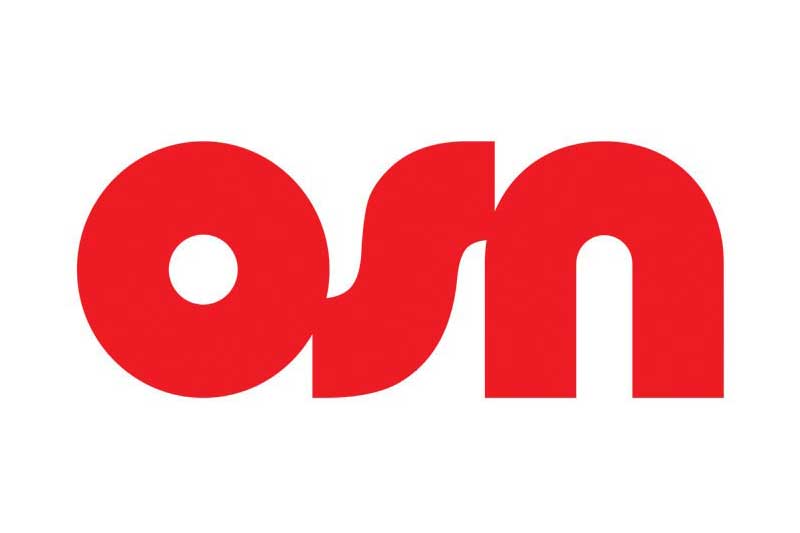How Downtime Hurts Your Business

In an ideal world, your company’s production should go seamlessly without any hitch. But ask any industry veteran, and you will hear that ideal is far from the reality most face on a daily basis.
Like it or not, downtime in manufacturing is inevitable. This fact, however, does not mean that you should play a passive, willing victim.
However, to better understand what measures you can put into place to minimize production downtime, it is necessary to know a few key concepts in play.
The cost of downtime
In a study released by artificial intelligence platform Arimo, it was revealed that, on average, manufacturers face up to 800 hours of downtime annually.
The actual cost of these 800 hours will vary from industry to industry. In the automotive manufacturing industry, for example, each minute of downtime translates to US $22,000 lost per minute or US $1.3M per month.
But even if your company is not in the automotive sector, what is clear is that downtime can adversely affect its income.
Here, business losses can be broken down into two categories – tangible and intangible.
Tangible costs
Based on the term “tangible,” tangible costs apply to material costs or expenses. Anything relating to material purchases, manpower costs and rental fees fall under this category.
1. Reduced production
Downtime due to equipment breakdown has a direct impact on your manufacturing firm’s output. For example, if your firm normally produces 100 units per minute and your profit for each unit is US $1, the cost of each minute of downtime is equivalent to US $6,000.
2. Labor cost
During downtime, you still need to pay your employees, compounding your losses further – paying your workers while production is reduced.
Apart from wasted labor, downtime can also put additional stress on the part of other departments within the company as they have to compensate for the effects of the breakdown.
3. Inventory depletion
During the start of a business year, you set specific production goals that you would want to meet at the end of the year. Each time a production downtime occurs, the more time you will need to catch up to those targets.
Intangible costs
The consequences of downtime can also hurt employee morale, customer relations and the like – which all fall under the category of intangible costs.
1. Labor and equipment stress
In order to catch up to production deadlines and targets, your employees and equipment must work double-time to catch up, putting both under considerable pressure.
2. Customer perception
Production downtime can also put your company’s reputation under a bad light. For one, your company’s capability to deliver its promise will be questioned by your customers. Second, your customer service team will be scrambling to explain the circumstances surrounding your inability to meet customer demand.
3. Innovation
Downtimes rob your company’s top personnel of the time and ability to focus on other essential functions like brainstorming and innovation. This is because their focus has shifted toward reacting to the halt in production.
Staying on top of downtime
Downtime can happen in practically any industry. The key here is to minimize these incidences in order to avoid the long-term impact of their adverse side effects. But what exactly can you do?
1. Set aside time for a risk audit
The older the equipment, the more likely it will break down in the near future. In order to stay on top, you should conduct a risk audit with a keen focus on equipment that is nearing their obsolescence. In turn, this will give you and your team ample time to prepare while avoiding unexpected breakdowns and downtime.
2. Switch to a preventive maintenance program
Instead of putting your maintenance team on the defense, take a proactive approach, and switch to a preventive maintenance program. This will allow your team to plan and prepare adequately and give your departments greater flexibility instead of scrambling for solutions when unexpected downtime occurs.
You might also want to consider investing in CMMS, a type of software used in preventive maintenance, that will streamline the transition to a preventive maintenance program and beyond.
3. Invest in employee training
In order to counter the effects of wasted labor, consider training your employees in other areas outside of their routine tasks. This will benefit your company in two key ways:
First, you will have more employees on deck when downtime occurs, giving you extra hands when the need arises. Second, employees affected by downtime can still contribute productively to your company.
Downtime can occur due to a variety of reasons. And while there is no one way to totally eliminate the possibility of downtime, there are a few things that you can do to cushion its blow on your business.
AUTHOR BIO
Mohammad Daudi is the Chief Revenue Officer at SGE Group International, a multidisciplinary group of companies with core business interests in Asset Lifecycle Management, Land Development and Software. Aladdin is SGE’s proprietary Asset Lifecycle Management software, designed to empower FM, Maintenance and Asset teams across multiple industry sectors.




